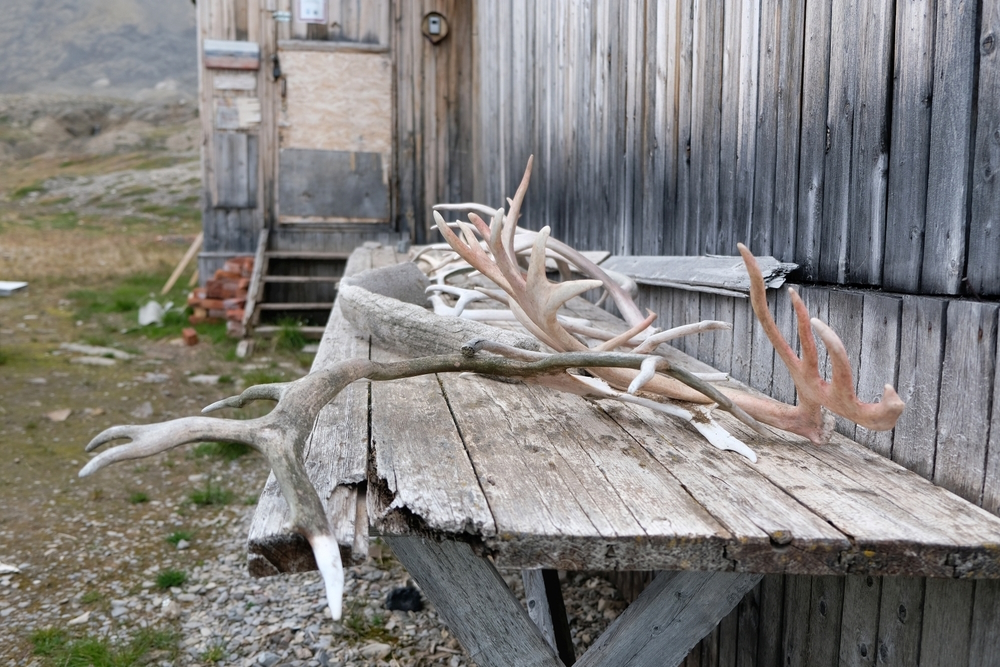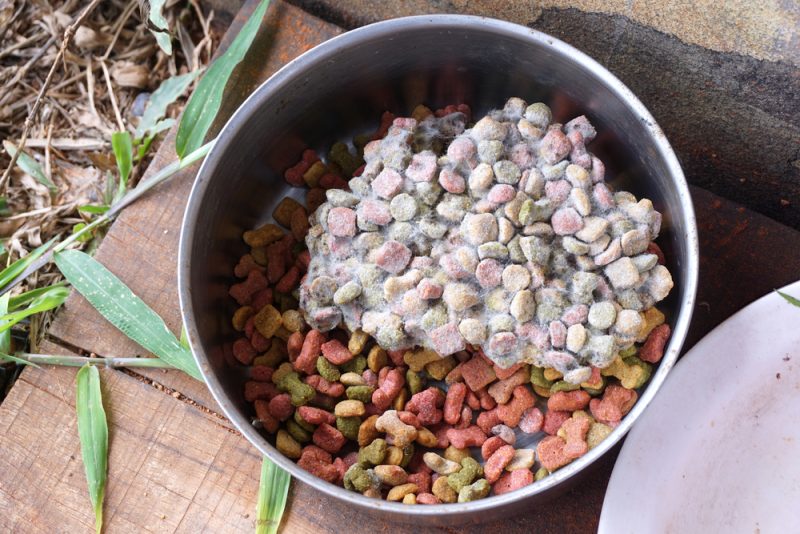In this article
View 3 More +Buzzwords like “all-natural” and “time-tested” will pique any owner’s interest as they look for healthy products to satisfy their dogs’ desire to chew. Though they aren’t the first option many consider, antlers undeniably fit the bill. Unfortunately, natural doesn’t always mean safe, and antlers are often a poor solution due to the risk of dental damage.
As we investigate antlers composition and safety, we’ll discuss whether they can ever be a good chew option for dogs, or if you should always rule them out.

Why Aren’t Antlers Good for Dogs?
There is no doubt that most dogs love chewing, and antlers can seem like the perfect choice being both natural and long lasting. So, why do many experts advise against antlers?

Antlers are Very Hard
Antlers combine two bone types, with compact bone wrapped around the spongy bone and relatively little marrow running through them.
Antlers are built for impact resistance and energy absorption. Deer, elk, and moose use them to signify their status and fight for control of the harem as they go into rut. One study found that dry deer antler was 2.4 times tougher than normal wet femur bone and six times more durable against impacts.1 They are also harder than the enamel that makes up dog teeth. Interestingly dog tooth enamel is much thinner than that of human teeth.
Antlers Can Damage Teeth
The antler’s hard outer bone is challenging to dent, and one of the primary concerns is a dog chipping or fracturing a tooth when chewing on it. Canine tooth fractures are common, occuring in up to 27% of dogs, and damage from hard chews is one of the most common causes of this injury.2
Unfortunately, dental fractures usually affect some of the most functionally crucial teeth, the large carnassial teeth. Cracked and broken teeth are extremely painful as they expose the pulp which contains blood vessels and nerves. Dogs often eat less and may paw at their faces or rub them on objects to try and relieve the discomfort.
The exposed pulp is prone to bacterial infections and can lead to tooth root abscesses and further inflammation and pain. Dogs with broken or cracked teeth must visit their vet, who will perform exams and X-rays. Root canals, extraction, or surgery are often necessary to correct the issue.

Antlers Can Be a Choking Hazard
As dogs chew their antler bones, the structure gradually reduces. Eventually, antlers can become small enough for dogs to swallow, a potentially severe issue. If they try to swallow an oversized piece, it can become lodged in the throat, creating a choking hazard.
Antlers Can Cause Gastrointestinal Obstructions
If your dog manages to swallow a piece of antler, larger pieces can cause blockages in the digestive tract, a serious and painful condition. Vomiting is usually one of the first signs of the problem, and emergency surgery is usually needed to remove the piece of antler.

Which Dogs Shouldn’t Have Antlers?
While an antler’s hardness can potentially damage any dog’s teeth, their chewing style will dictate the risk more than anything. Large dogs and power chewers have more issues because they put too much pressure on the antler. Dogs with a history of dental disease or weak teeth are also at a higher risk of damage.
The outer enamel layer of a dog’s teeth is hard, but the overall structure is much weaker than the all-bone composition of an antler. Light chewing will allow the teeth to gradually wear the bone away, which may avoid tooth damage and help remove plaque from the outside of the teeth. With enough force applied, the structure of the tooth will fail before the antler, causing the tooth to crack or break.

Why Are Antlers Popular Chews for Dogs?
Antlers provide a mentally and physically stimulating enrichment opportunity for dogs, reducing boredom and stress. They also have several potential benefits over some other chew options.
Antlers Are Durable and Less Likely to Splinter
An antler’s limited flexibility and resistance to breakage reduce the chance of splintering as your dog chews. Dogs are less likely to suffer mouth or internal lacerations from broken pieces, and the bone provides a longer-lasting chew option.
Antlers Have Nutritional Benefits
Antlers contain nutrients that can benefit dogs, including:
- Calcium
- Phosphorus
- Potassium
- Magnesium
- Zinc
- Iron
- Type I collagen
Antlers are relatively low in marrow though, so your dog won’t receive as much nutrition as they might from marrow bones.

Antlers Are Animal-Friendly
Unlike with normal bones, no animal has to die to supply your dog with an antler. Deer shed antlers seasonally after going into a rut. Their testosterone levels drop as the daylight changes and will naturally shed their antlers as early as November and as late as May.
Antlers Are Cleaner Than Bones
Antlers are odorless and can be a good alternative to chews like raw meaty bones that retain marrow and bits of animal tissue.
As your dog chews them, they won’t leave behind unwanted stains other than those from your dog’s saliva, making cleanup easier if your dog likes to indulge on the living room carpet.

How to Offer Antlers to Dogs
Antlers come in a few varieties to suit different dogs. Deer antlers are smaller and so better for small breeds of dog. Elk antlers are some of the most popular, as they’re larger and a bit less dense in certain areas, making them more suitable for medium and large dogs.
You can also get moose antlers, which have a different shape, softer texture, and more marrow, though they can be slightly more expensive. Split antlers are cut lengthwise, exposing the soft inner bone that can provide a more enjoyable and less risky chew.
If you choose to try antlers, select one large enough to avoid choking risks. Always supervise your dog when offering them. Antlers can last several months but will wear down with each use, so you must replace them when they’re small enough to swallow.


Final Thoughts
Antlers can be a practical and long-lasting enrichment option for dogs, but there’s a reason vets are hesitant to recommend them. Many dogs, particularly power chewers, face the threat of tooth damage that can lead to severe and permanent dental issues. There are many specially designed dental chews available that aim to assist in dental hygiene and satisfy a dog’s chewing instincts that don’t come with the risks that antlers do.
Ultimately the decision to give your dog an antler to chew should be made with careful consideration of the potential benefits and risks. Talk to your vet about whether antlers may be a sound choice for your dog so you can choose the safest, most practical enrichment option possible.
Featured Image Credit: iwciagr, Shutterstock




















